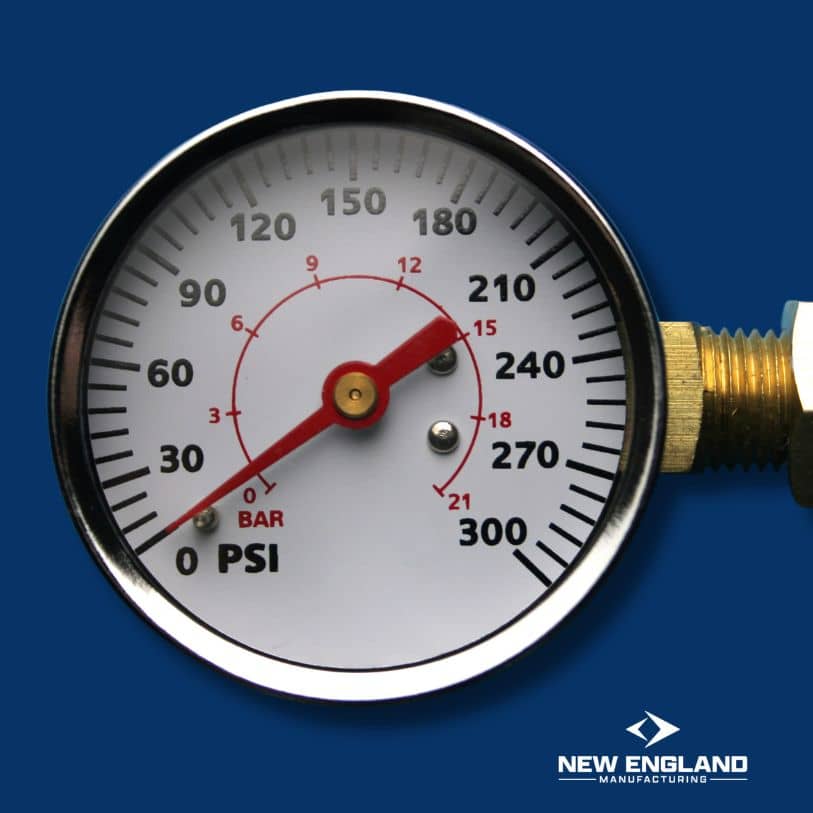Fire Hydrant Inspection: Why It’s Important and How It Works
Fire hydrant inspection isn’t something people think about every day, but in emergencies, having a well-maintained hydrant can make all the difference.
We’ll explain why fire hydrant inspections are crucial and what happens if hydrants are neglected.
What is a Fire Hydrant, and How Does it Work?
A fire hydrant connects to a public water system, allowing firefighters to get water to put out fires. When firefighters need water, they open a valve under the hydrant cover, allowing water to flow into hoses.
These hydrants typically have high water pressure, making fighting fires or filling a fire engine’s tank easier.
Why is Fire Hydrant Maintenance So Important?
Keeping fire hydrants in good condition is crucial. If a hydrant isn’t correctly maintained, it could have low water pressure or a faulty valve, which could delay efforts to put out a fire—or worse, the hydrant might not work at all.
This is primarily a concern in more remote areas or private property, where hydrants may be the only water source for firefighters.
Consequences of Neglected Fire Hydrants
When fire hydrants aren’t maintained, it can have serious consequences. A malfunctioning hydrant can cause delays in putting out a fire, allowing the fire to spread, causing more damage, and endangering lives.
If a hydrant doesn’t provide enough water pressure, firefighters won’t be able to put out the fire effectively, making the situation even more dangerous.
Fire Hydrant Testing and Flushing: Essential for Water Flow
Regular testing and flushing help preserve hydrant performance. Fire hydrants need to provide strong water flow and pressure for firefighting and the design of fire sprinkler systems in buildings.
Pressure Testing
Fire hydrants must maintain a residual pressure of at least 20 psi for effective firefighting. City officials or professionals conduct pressure tests to measure both static (non-flowing) and residual (flowing) pressure and the discharge rate in gallons per minute (GPM).
This testing helps uncover issues like closed valves or clogged pipes and ensures accurate data for sprinkler system designs.
Fire Hydrant Flushing
Flushing hydrants remove sediment and debris that can reduce water flow. It’s also an opportunity to identify structural problems like leaks or blockages. NFPA 291 recommends flushing hydrants every five years to ensure they remain in good working condition.
Fire Hydrant Inspection Checklist
A total fire hydrant inspection involves several vital steps to ensure optimal performance:
- Visual Inspection: Check for damage, rust, or leaks.
- Pressure Testing: Measure static and residual pressure and record GPM.
- Flushing: Clear sediment by fully opening the hydrant until the water runs clear.
- Lubrication: Lubricate moving parts for smooth operation.
- Cap Replacement: Ensure caps are in place after testing.
- Leak Check: Look for leaks after flushing.
- Documentation: Record findings, pressures, and any issues.
Fire Hydrant Inspection is Essential for Safety
Proper fire hydrant inspections protect public safety and the infrastructure supporting firefighting efforts. At New England Manufacturing LLC, we provide high-quality water flow test equipment to help ensure fire hydrants perform at their best. Contact us today for more information.

Mark R.
With a strong foundation in industrial safety and fire protection systems, Mark R. specializes in creating clear, technical, and compliance-driven content. Writing for SafeTech Reports, he covers topics such as fire hydrant testing, PPE protocols, emergency procedures, and smart technology integration in safety systems. His work ensures that professionals stay informed on the latest regulations, best practices, and emerging trends in safety and infrastructure maintenance.
Get in touch
We usually respond within 24 hours
Need Reliable Water Flow Test Equipment?
For over 70 years, New England Manufacturing has been the trusted source for fire hydrant and water flow testing kits. From pitot gauge kits to custom test kits, we provide precision, durability, and expert calibration to meet your needs.
- Custom-built test kits
- High-quality pressure gauges
- Reliable calibration services


